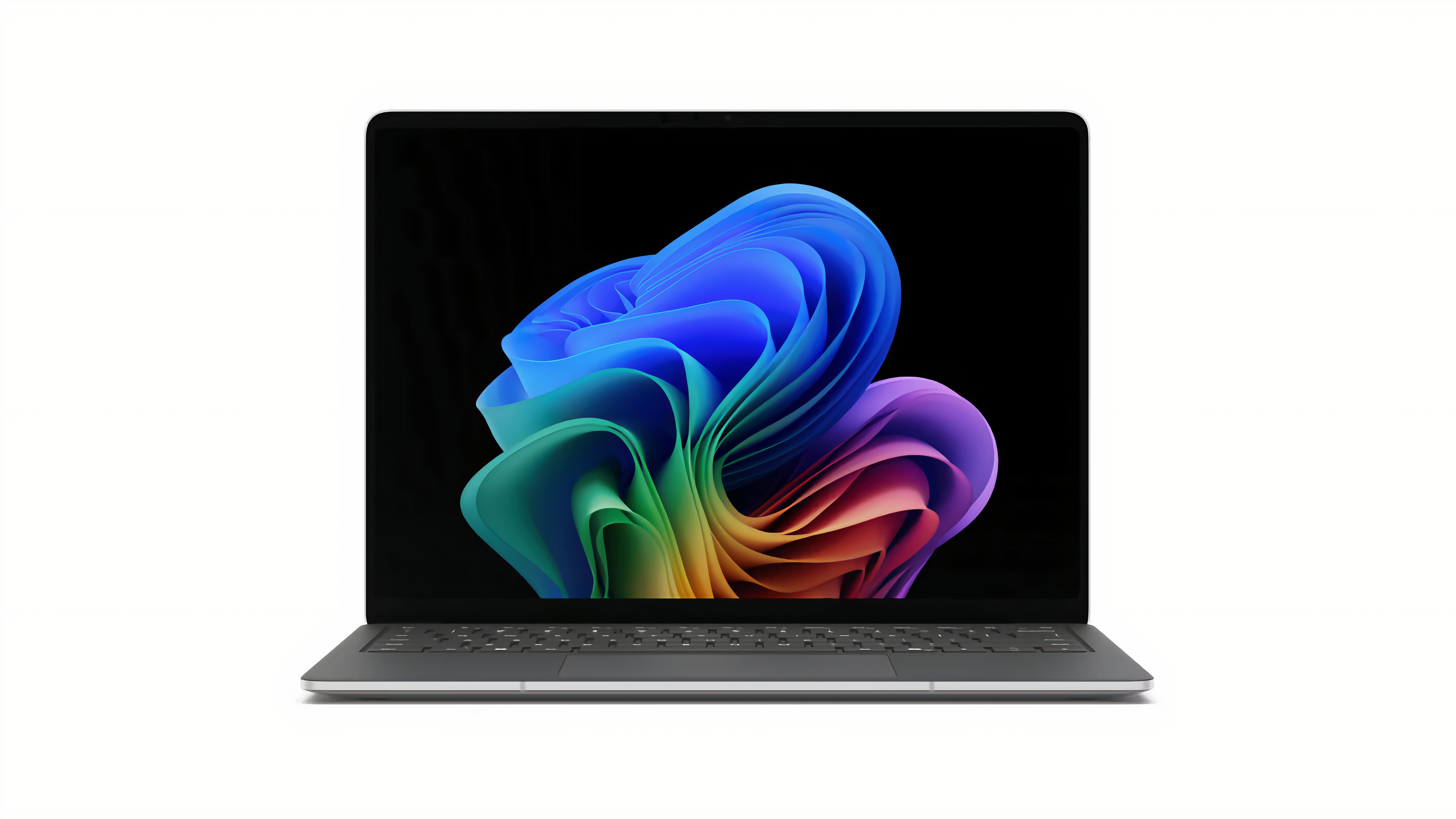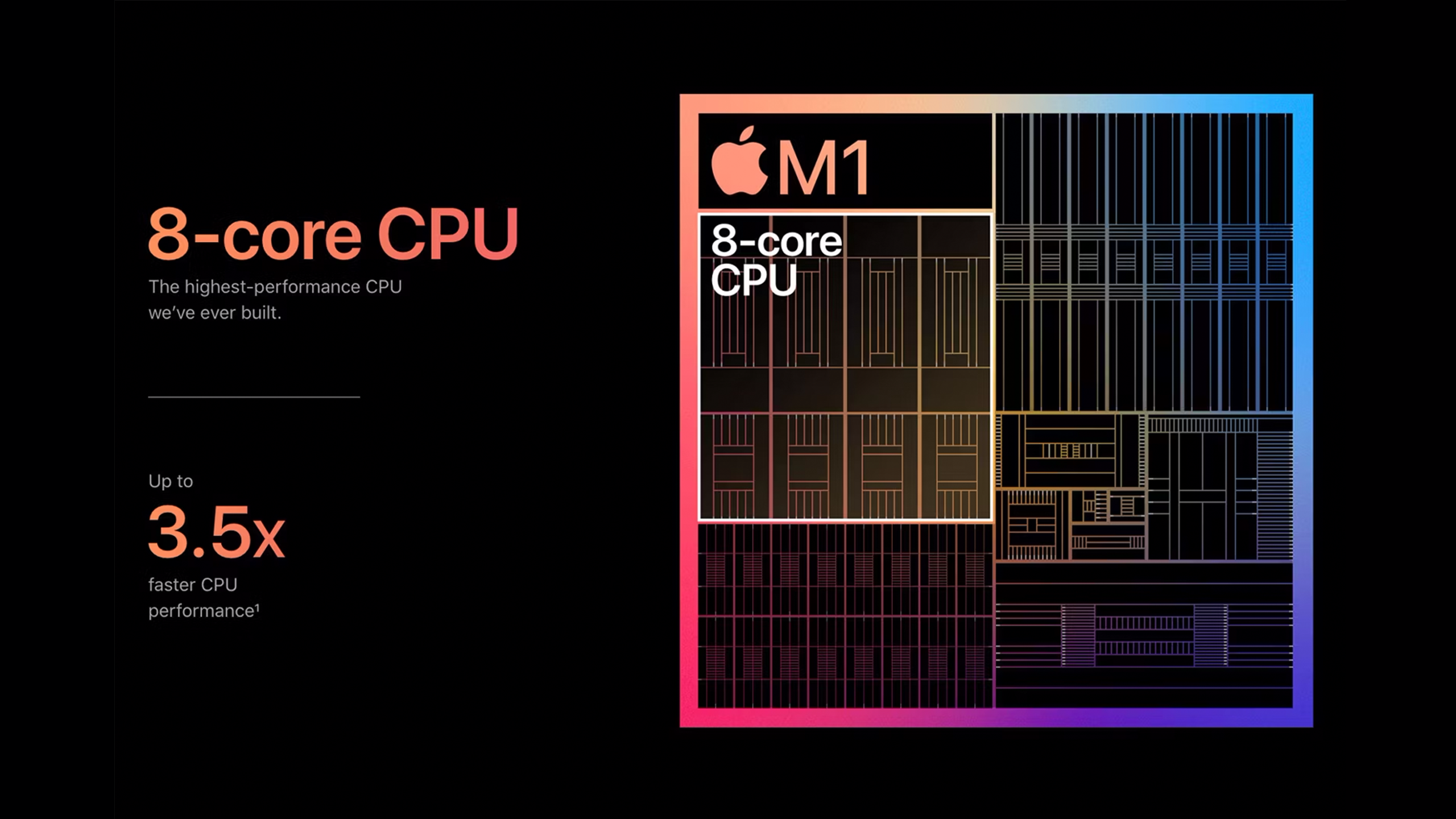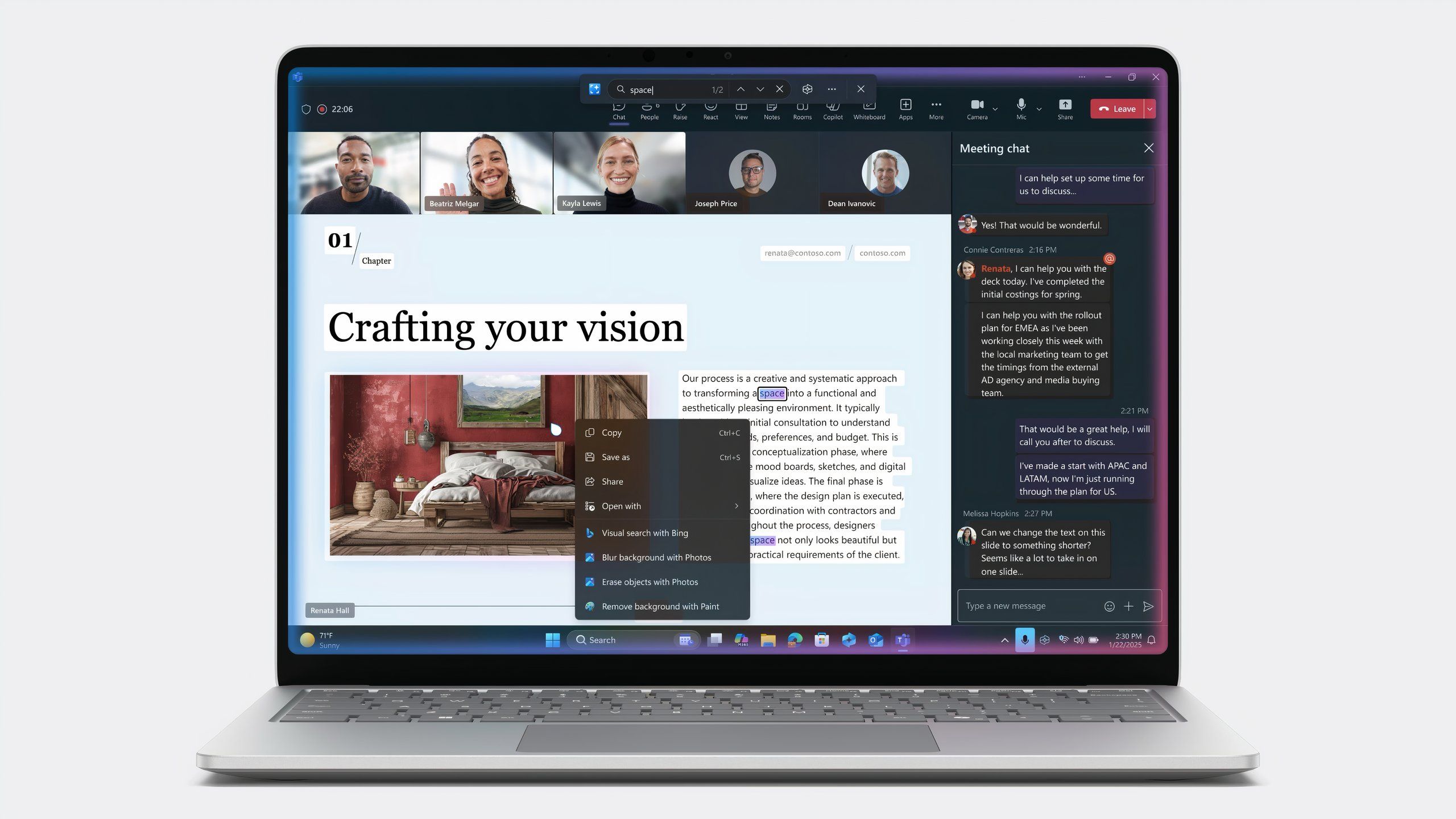Summary
- Microsoft’s Surface Laptop 5G is designed for businesses, but anyone can appreciate 5G connectivity.
- The laptop has a custom antenna design and Intel chips, but as laptops get more like smartphones, offering a cell connection should be even easier.
- Apple, in particular, makes many of the components necessary to offer a 5G laptop.
Microsoft is releasing its first 5G-connected Surface Laptop in August, primarily for business customers. The company first shared that it was working on a business version of the Surface Laptop in January 2025, partially to showcase how Intel chips can power Copilot. With a price over $1,700, this new Surface won’t be for everyone, but the tech giant is realizing a dream product I and plenty of other people have wanted for years: A 5G MacBook Pro.
The company’s Surface Laptops aren’t MacBooks and Windows isn’t macOS, but in terms of offering a thoughtfully designed and well-made computer that’s worth its higher-than-average price, Microsoft is neck and neck with Apple. For whatever reason, Apple hasn’t shipped a 5G laptop of its own, despite laptops being more like mobile devices than ever. That doesn’t mean it isn’t a good idea, though. The Surface Laptop 5G isn’t Microsoft’s first cellular-connected computer, but it is a good reminder that plenty of companies have the pieces to make this happen.
The Surface Laptop 5G is more custom than it seems
Microsoft has made tweaks to accommodate its new connectivity options
The Surface Laptop 5G looks a lot like the Surface Laptop 7 the company released back in 2024, from its 13.8-inch touchscreen display, to its aluminum frame. The key differences between the “Copilot+PCs” Microsoft announced last year and the laptop it’s selling now are the tweaks the company made to support cellular connectivity and the Intel Core Ultra Series 2 chips on the inside. Windows’ various AI-powered features don’t technically need Qualcomm’s Snapdragon chips to work, as has been the case for several Copilot+PCs released by Microsoft’s partners, but using Intel also appeals to Microsoft’s business customers with older software that might not be updated to work on Arm.
The Surface Laptop 5G works via NanoSIM and eSIM, and should be compatible with networks in 50 countries.
In order for the Surface Laptop 5G to connect to cell networks, Microsoft says it reimagined the design of the laptop itself. The new Surface Laptop 5G features a “dynamic antenna system” with six antennas that can “automatically adjust signal paths” for the best connection at a given time. The Surface Laptop 5G can also seamlessly transition between 5G and Wi-Fi connections and act as a mobile hotspot for other devices. Visually, you likely wouldn’t notice these changes from the outside, save for the addition of a NanoSIM port next to the Surface Connector, but internally, it seems like they’ll make a difference to how the laptop feels.
This isn’t Microsoft’s first time offering cellular connectivity on a Surface. There was a version of the Surface Pro X that could connect to 4G LTE networks so that it could be used away from Wi-Fi. The Surface Pro X was also the company’s first attempt to get Windows running on Arm, which had, up until that point in 2019, primarily been thought of as a chip architecture for mobile devices. The problems with the Surface Pro X had less to do with its internal components and more to do with Windows and software support, something Microsoft has vastly improved for the launch of its Copilot+PCs. Running a desktop operating system on Arm also puts the company in a similar position to Apple, which has been able to reinvent its desktop computers with chips based on components that have powered iPhones and iPads for years.
Apple has the pieces to make its own always-connected laptop
The company makes its own modems and already uses power-efficient chips
Apple has sold cellular-connected devices for over a decade. The iPad, a quasi-computer, has been around since 2010 and offered a cellular version the entire time. When Apple was reliant on Intel, the idea of a cellular-connected laptop with the size and battery life the company was aiming for might have been hard to pull-off, but that really shouldn’t be the case now.
The M1 chip, and the entire M-series that comes after it, has pretty drastically changed the makeup of Apple’s computers, from devices with fans and large batteries, to things that have more in common with the company’s phones and laptops. This isn’t a mistake. The M1 was based on Apple’s A14 Bionic chip from the iPhone 12. Each M-series chip has tended to have an A-series counterpart since then. The CPUs and GPUs on mobile devices have to be more power-efficient, so it makes sense those efficiency gains could translate to a laptop or desktop.
What’s strange is that those similarities haven’t led to other hardware features making the jump, like cellular connectivity.
What’s strange is that those similarities haven’t led to other hardware features making the jump, like cellular connectivity. Sure, macOS and iOS continue to converge — there’s a Phone app in macOS 26, for example — but the company has avoided shipping a 5G laptop. If Microsoft can make it happen with Intel chips, you’d think Apple could do it with internals that are a close relative of its smartphones.
There are a couple of reasons why Apple might be avoiding this for now. For example, the company could be looking for a way to differentiate the iPad as iPadOS 26 drifts closer to macOS, or it might not be satisfied with the custom C1 modem it debuted on the iPhone 16e and doesn’t want to rely on a partner like Qualcomm to make the laptop possible. A more capable model might be needed before Apple feels comfortable using it anywhere other than its budget phones.
A 5G laptop is a matter of when, not if
Cellular laptops could quickly become the norm as more companies embrace Arm
Microsoft might be focused on business customers for now, but the Surface Laptop 5G is available to purchase for normal people that want to try it too. The price and the idea of paying for yet another subscription presents some obvious barriers to entry, but if laptops are going to become more like tablets and smartphones anyway, shouldn’t they receive more of the benefits? The Surface Laptop 5G represents a small step in the right direction, one that hopefully other companies like Apple will eventually follow.

- Operating System
-
Windows 11
- CPU
-
Intel Core Ultra Series 2
- GPU
-
Intel Arc Graphics
- RAM
-
6GB, 32GB LPDDR5x RAM
Microsoft’s Surface Laptop 5G looks like a 7th generation Surface Laptop, with a matte display and a SIM card slot that allows it to connect to 5G networks when you’re away from Wi-Fi.
For more information on Microsoft’s Copilot+PCs, you can check out Pocket-lint’s coverage of the launch and some of Copilot’s more helpful features. If you’re interested in learning more about one of Apple’s best cellular-connected iPads, read through Pocket-lint’s coverage of the M4 iPad Pro.











